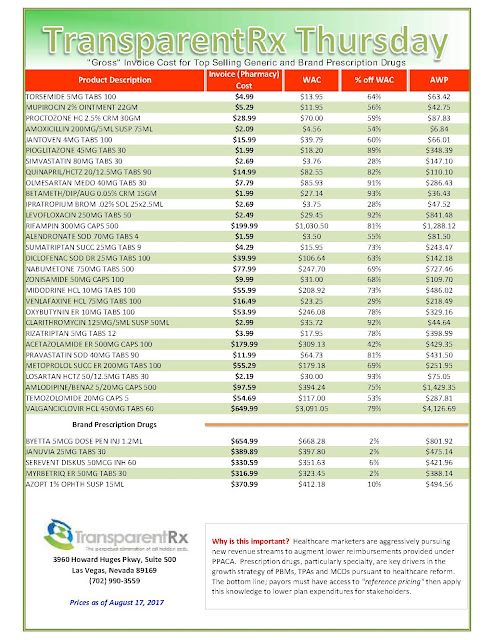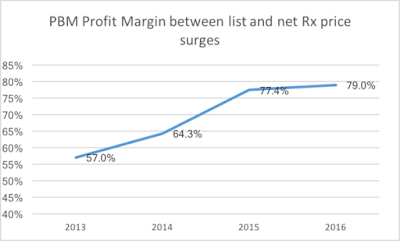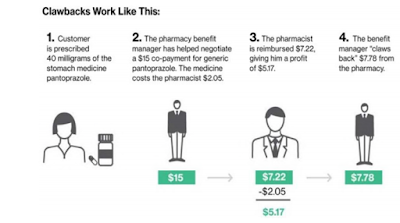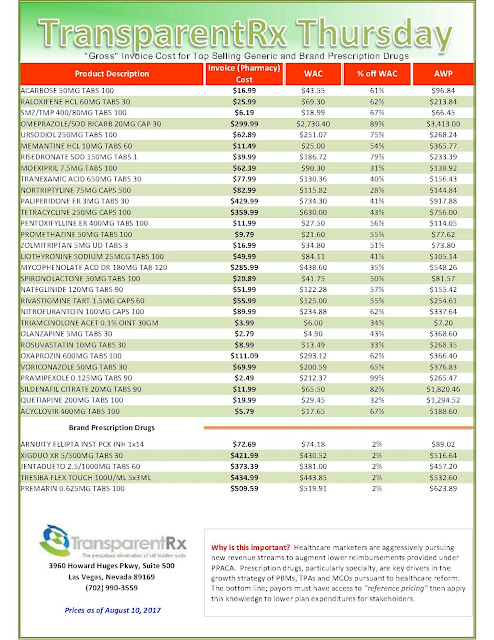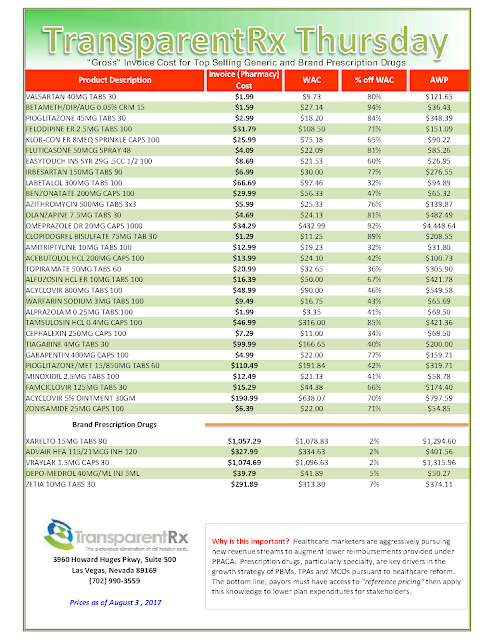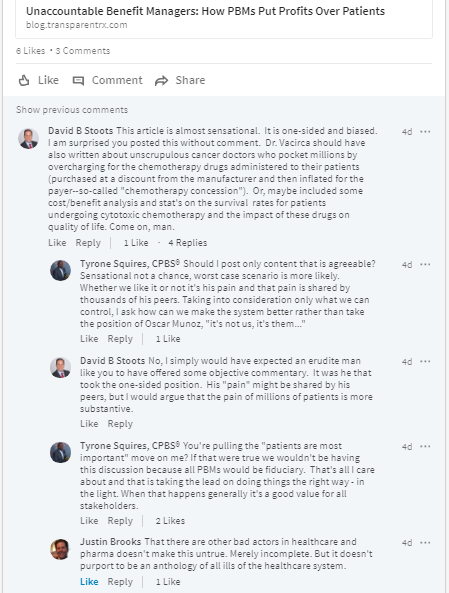New Website Launches to Educate About DIR Fees
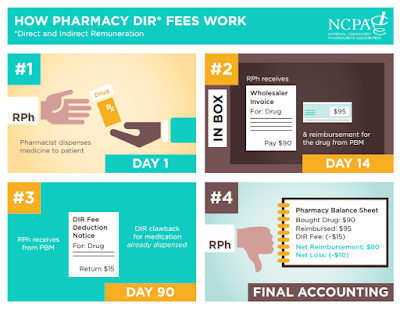 |
| Courtesy of National Community Pharmacists Association |
The National Association of Specialty Pharmacy (NASP) launched www.stopdirfees.com, which is a site that underscores how direct and indirect remuneration (DIR) fees affect independent pharmacies—especially those in the specialty space—and Medicare patients.
DIR fees have been said to increase drug costs for seniors insured through Medicare Part D, while also threatening the profitability of specialty pharmacies who provide treatment to patients with complex diseases.
“Big pharmacy benefit management (PBMs) firms have worked hard to make DIR fees so complicated and opaque that very few people understand how they impact sick seniors enrolled in Medicare,” Sheila Arquette, executive director of NASP, said in a press release.
NASP has previously spoken out about the harms of DIR fees and how these actions can result in poor patient outcomes and cause pharmacies to close their doors. The Pharmaceutical Care Management Association disagrees, however, stating that DIR fees reduce premiums for Medicare Part D beneficiaries, which they state leads to lower costs for the federal government.
In an interview with Pharmacy Times’ sister website, Specialty Pharmacy Times, NASP President and CEO of Avella Specialty Pharmacy, Rebecca Shannahan, JD, discussed how the costly nature of specialty drugs coupled with DIR fees can result in a loss of profitability for pharmacies, as well as causing seniors to reach catastrophic coverage.
“DIR fees endanger the integrity of the Medicare Part D program, which is intended to ensure quality, satisfaction, and cost effectiveness for sick seniors across the nation. While debates continue over runaway prescription drug prices from Capitol Hill to local town halls, sick and vulnerable seniors are increasingly shouldering the brunt of DIR fees, which erode access to the vital clinical and patient support services required of such breakthrough specialty medications,” Arquette said.
“StopDIRfees.com exposes how these dangerous and misaligned fees threaten both seniors’ pocketbooks and our entire healthcare system.” Earlier this year, the Community Oncology Alliance commissioned a white paper that outlined how PBMs changed the meaning of DIR fees to benefit their businesses. DIR fees cut profits for pharmacies and raise co-payments for seniors, which drives them to reach catastrophic coverage sooner than necessary, according to the report.
[Source]

